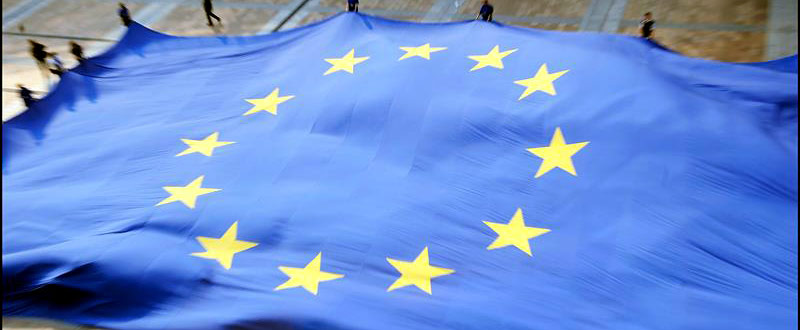The European Central Bank (ECB) recently announced that a digital version of the Euro (€) is on the cards. ECB is holding a public consultation regarding introducing the tech-based currency.
The consultation will start on the 12th of October with the decision on whether to launch a digital currency is expected towards mid-2021.
Europeans are increasingly turning to digital in the ways they spend, save and invest. Our role is to secure trust in money. This means making sure the euro is fit for the digital age. We should be prepared to issue a digital euro, should the need arise.
Christine Lagarde – ECB President
ECB also reportedly applied to trademark the term “digital euro” at the European Union Intellectual Property Office.
It’s believed that a digital Euro would be theoretically safer since the digital currency would allow euro-area citizens to place deposits with the ECB directly.
“Multi-pronged approach”
European Central Bank said it is considering two design approaches.
- A centralised digital Euro which will record all digital euro transactions in the central bank’s own ledger.
- A decentralised digital Euro where the ECB would set the rules for transactions to be settled and recorded by supervised intermediaries.
This is all exciting but the work into a digital currency is in it formative stage. ECB said the currency would only materialise in two events; i) higher demand for electronic payments that creates a greater need for a “risk-free digital means of payment, ii) A sharp drop in cash usgae that could leave some people excluded from access to money or iii) a potential rapid adoption of private or public digital currencies that could pose risks for financial stability and consumer protection.
A digital euro would preserve the public good that the euro provides to citizens: free access to a simple, universally accepted, risk-free and trusted means of payment. It also poses challenges, but by following appropriate strategies in the design of the digital euro the Eurosystem can address these.
ECB













